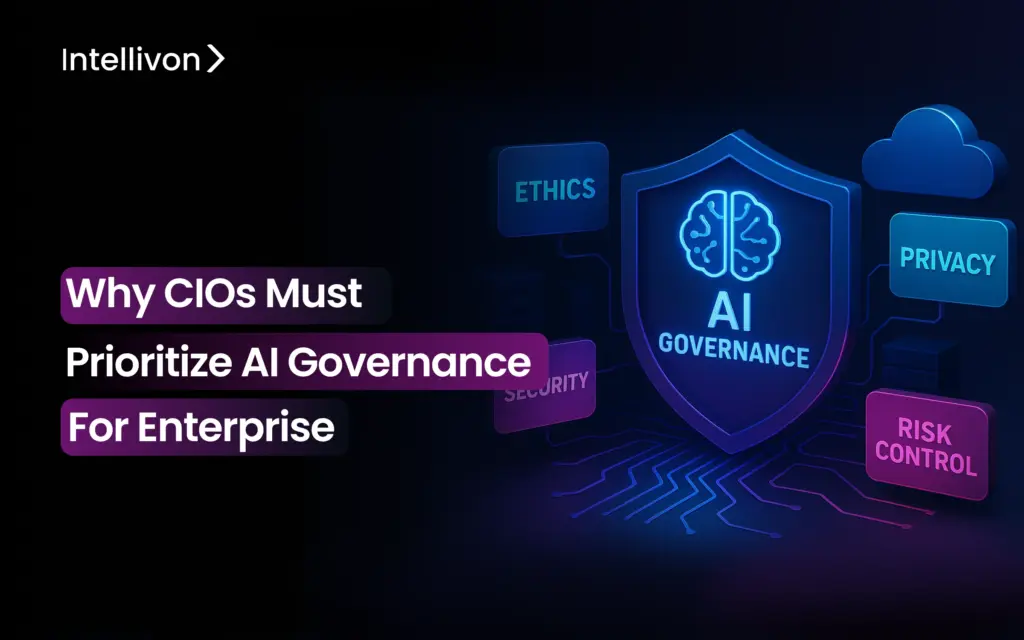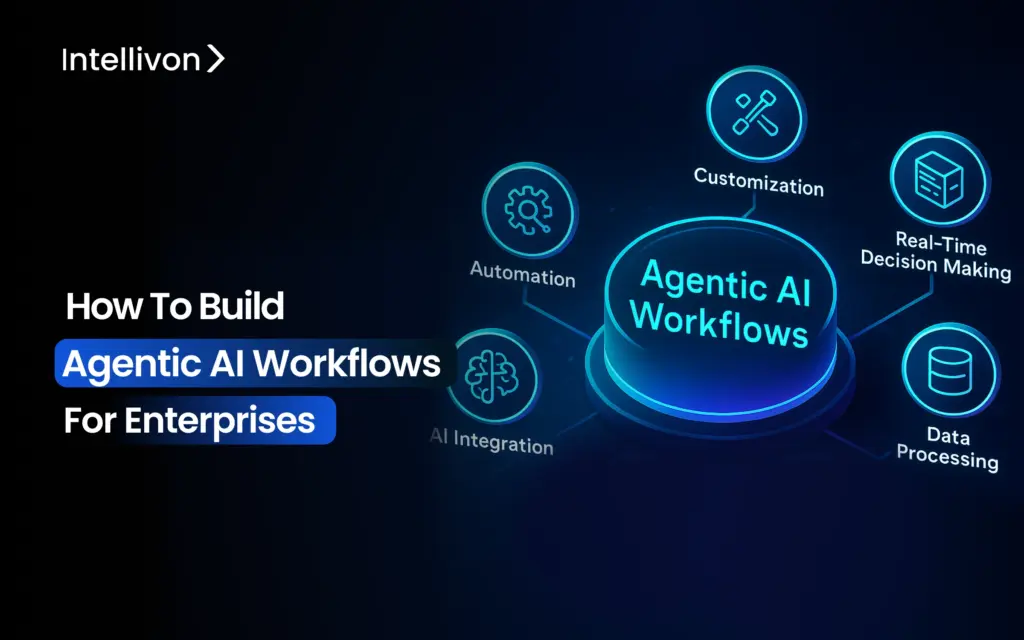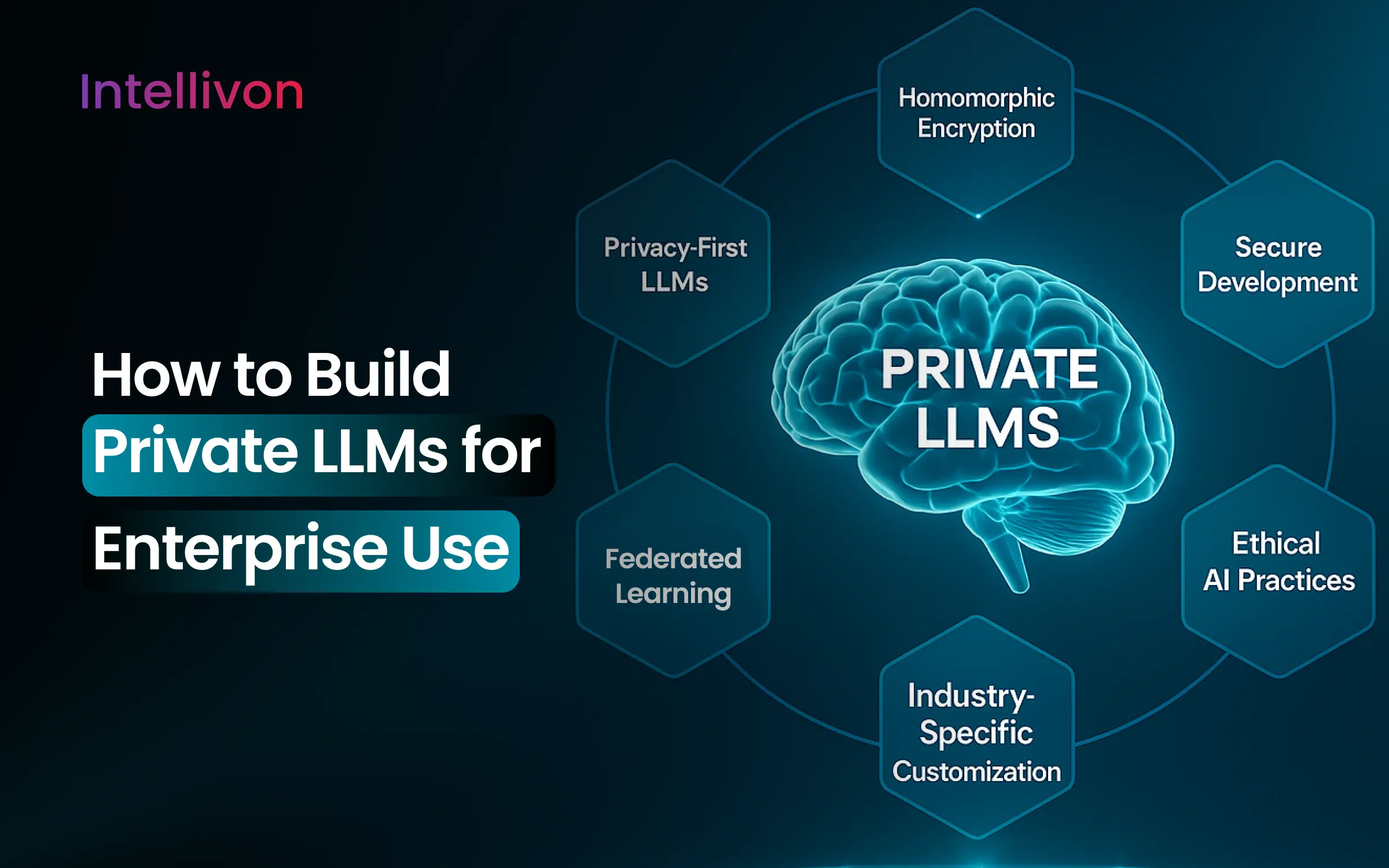Why CIOs Must Prioritize AI Governance for Enterprises

AI adoption across enterprises is skyrocketing, but so are the potential risks, and that is why CIOs can no longer afford to overlook AI governance.
How to Build Agentic AI Workflows for Enterprises

In the current AI-dominated landscape, traditional AI systems still struggle with the dynamic decision-making required to stay competitive. Enterprises with vast proprietary data and complex,

